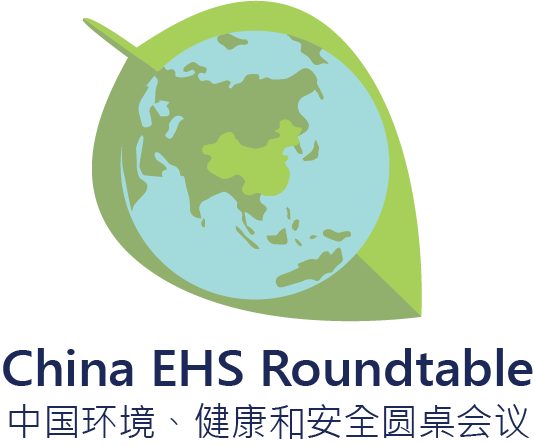USDA Announces New Phytosanitary Requirements for Soybean Exports to China
On December 27, 2017, the United States Department of Agriculture’s Animal and Plant Health Inspection Service (USDA-APHIS) announced a new procedure for U.S. soybean exporters to comply with China’s phytosanitary import requirements and ensure the continued export of U.S. soybeans. Soybean growers and exporters in the United States should understand the new procedure, which went into effect on January 1, 2018, and applies to both bulk and container shipments of raw, unprocessed soybeans to China.
The procedure is being put into effect after China, the largest importer of U.S. grain, expressed concerns in September 2017 over increased interceptions of U.S. soybean exports containing seeds from weeds subject to quarantine under Chinese law. In response, USDA assembled a federal-industry working group to develop practical recommendations for addressing China’s concerns and keep U.S. soybeans moving to China without delay. The recommendations included applying a series of measures across the soybean supply chain and in China, called a “systems approach,” to effectively reduce plant pest risk.
New Phytosanitary Certificate Procedure Intended To Ensure Uninterrupted Soybean Exports During USDA’s Implementation Of Wider Systems Approach
All soybean exports to China, including consignments from small volume exporters, must be accompanied by an official phytosanitary certificate from APHIS. The new procedure requires that APHIS notify China whenever a soybean shipment exceeds one percent of foreign material by placing an additional declaration on the phytosanitary certificate to indicate the exceedance. In announcing the new procedure, APHIS notes that Chinese officials have assured the United States that this notification will allow all U.S. soybean exports to China -- including those with more than one percent of foreign material -- to continue without interruption until the United States is able to fully implement the systems approach. Those additional steps will include:
On Farm
APHIS officials will develop specific recommendations based on weed seed control best practices. The recommendations will include production and harvesting measures designed to reduce weed seed contamination at the farm level. APHIS will provide these recommendations to U.S. soybean producers before the 2018 growing season begins.
At Export
USDA’s Federal Grain Inspection Service (FGIS) will sample China-bound soybean shipments and analyze foreign material to monitor for weed seeds in U.S. bulk and container shipments. When FGIS determines that a consignment exceeds one percent foreign material, APHIS will include an additional declaration on the phytosanitary certificate that says: “This consignment exceeds 1 percent foreign material.” This action will allow all U.S. soybean exports to China to continue without interruption until the United States is able to fully implement the other parts of the systems approach during the 2018 crop year.
In China
China’s General Administration of Quality Supervision, Inspection, and Quarantine (AQSIQ) has not published an official notification regarding this new phytosanitary requirement on U.S. exported soybeans on its website as of the date of this update; however, according to USDA, AQSIQ has agreed to expedite agricultural clearance of shipments with one percent or less foreign material. AQSIQ will determine whether any phytosanitary measures (including inspection, cleaning, treatment or other protective actions) may be appropriate to mitigate pest risk in shipments with more than one percent foreign material. AQSIQ will not hold or unnecessarily delay incoming shipments based solely on the volume of foreign material. USDA and AQSIQ will evaluate the effectiveness of the systems approach in December 2019, with a mid-point assessment in December 2018.
Declarations Must Be Included On Phytosanitary Certificates For Soybean Exports To China Beginning January 1, 2018
In its December 2017 announcement, APHIS indicated that the United States and China would begin implementing the systems approach on January 1, 2018, starting with USDA including the new declaration on phytosanitary certificates for China-bound shipments of U.S. soybeans that have more than one percent foreign material. This action will allow all U.S. soybean exports to China to continue without interruption until the United States is able to fully implement the other parts of the systems approach during the 2018 crop year. Exporters must provide APHIS with a copy of Form 921-2 from FGIS indicating whether a shipment exceeds one percent foreign material. For those shipments that have one percent or less foreign material, APHIS will issue a standard phytosanitary certificate without an additional declaration, and China has agreed to expedite agricultural clearance of those shipments.
USDA’s specific recommendations for measures that growers should take to reduce weed seed contamination are anticipated before the start of the 2018 growing season. For more information about the new phytosanitary requirements for soybeans or commodity exports to China more generally, please contact Kathy Szmuszkovicz, Alan Sachs, or Weiwei Luo.











